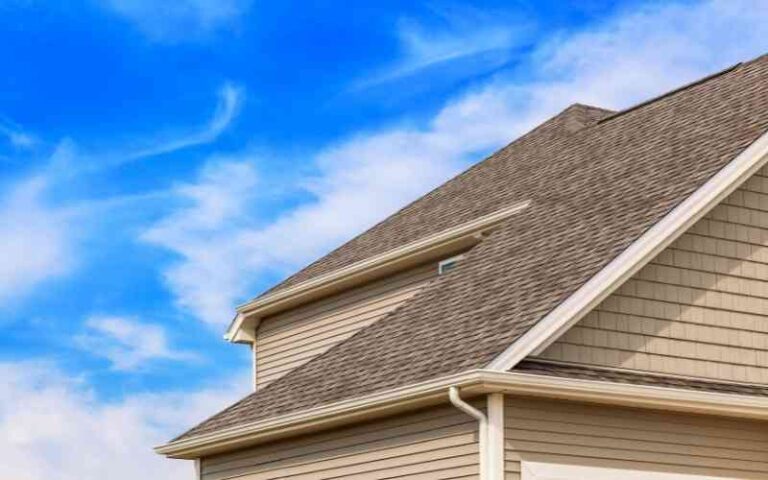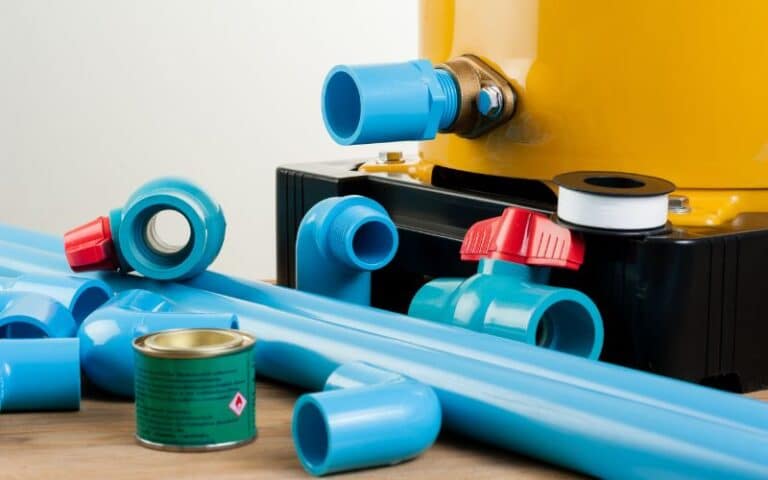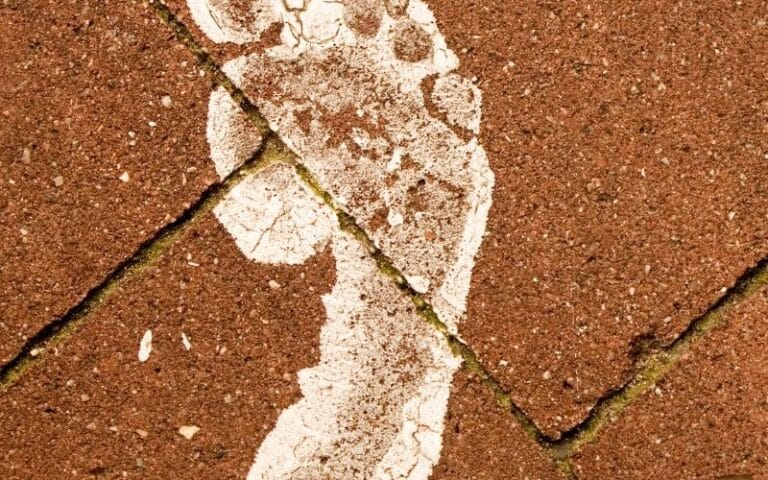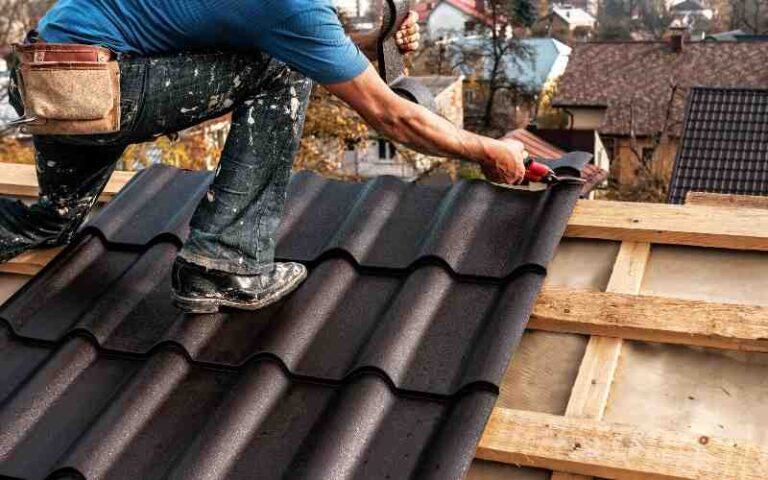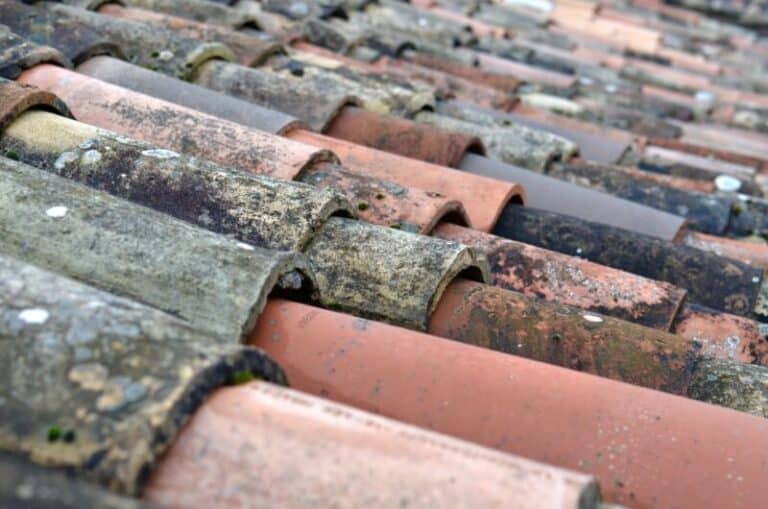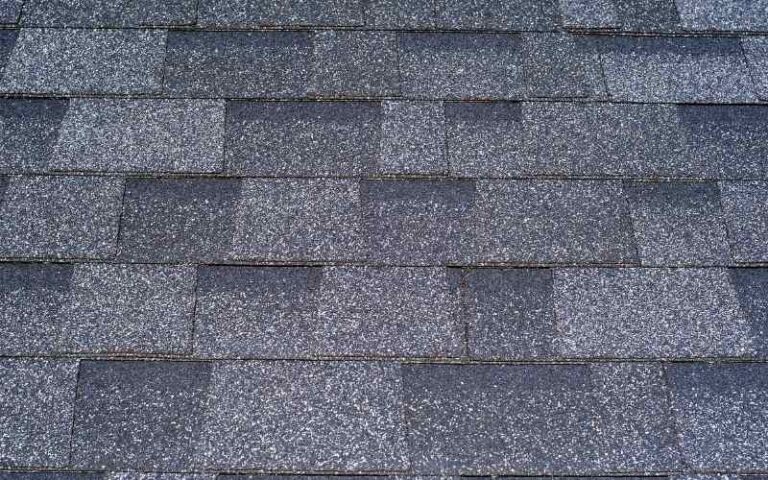Shingles molding Fascia is a unique form of protective layer for roofs and shingles. Its fascia board can be made of various materials, making it very durable and economical to use compared to other fascia designs.
However, Shingle’s molding can be pretty tricky to handle. Therefore, this article’s thorough understanding will guide you in building a comprehensive knowledge of Shingle’s molding Fascia.
Shingles molding Fascia is an internal protective layer that lies beneath the roof shingles and above the barge board. Shingles Molding Fascia can be wood, PVC, composite wood, or fiber cement.
Ready for a Roofing Quiz?
What Is Shingle Molding Fascia?
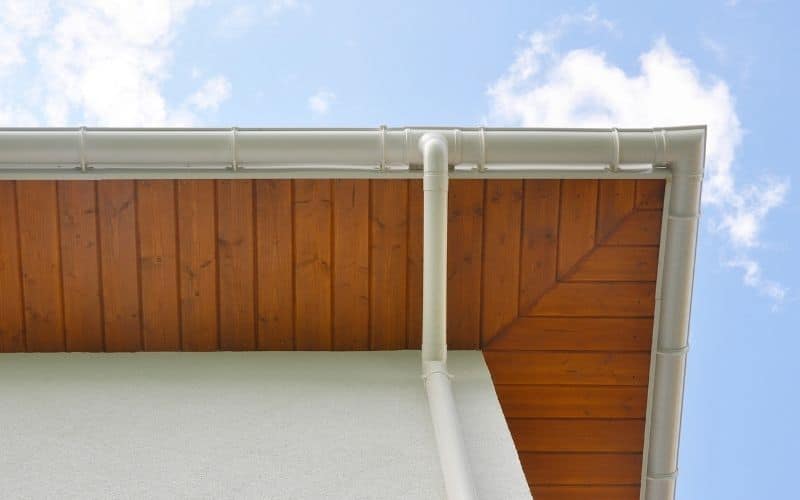
Shingle Molding Fascia is very similar to Rake Molding Fascia. Both fascia moldings are installed at the top corner of the fascia board, providing increased detail to the roofing.
Shingle Molding or Rake Molding butts against the bottom row edges of shingles, hence the name “Shingle Molding.”
Shingle moldings can be wood, PVC, composite, or fiber cement. Soffits eaves and gable overhangs are the most susceptible areas to weather-related issues.
Aside from adding attractive aesthetic details to the roofing structure, shingle molding helps support the roof shingles and allows them to extend further past the fascia board.
We are providing better protection from weather-related elements. For example, in a typical roof with shingle molding, there are first the Gable walls and shingles on the outer surface of the roof.
We were followed immediately by the shingle molding, the barge board, and the Eaves boxing.
Very often, fascia boards are mistaken for soffits. Meanwhile, fascia is the horizontal piece of vinyl or wood installed on the end of the rafters.
Soffits close in the rafters or eaves, giving a finished look. The fascia board runs along the side of this overhang to complete the roof.
Usually, whenever soffits need repairs, the fascia in the same area would also need to be repaired or replaced. Fascia can be wood or Polyvinyl chloride (PVC) of non-corrosive sheet metals.
In addition, a few non-residential buildings install Fascias made from ornately carved stone.
How Far Should Shingles Hang Over Drip Edge?
Asphalt Shingles should overhang drip edges by ¼ to ⅓-inch. Install the underlayment at all eaves.
Drip edge installations are also known as D-metal or drip edge flashing. They are essential to direct water dropping on the fascia toward the gutter.
Drip edge ensures water doesn’t go beneath your shingles to damage various parts of the house.
Drip edge installation also protects the building against wind-driven rain. During heavy rainfall, the strong winds help push water all over the roof.
However, Shingles protect the roof deck from wind-driven rain. The wind can quickly push water up so gravity can act on it and pulls it downward.
Therefore, drip edges must hang off the roof’s edge and has about 2 to 4 inches of a lower flange as a measure to circumvent this. Without a drip edge, wind-driven rain can damage the roof.
Drip edges are from several materials. Some are plastic, while others are metal. Metal drip edges should be galvanized or rust-resistant.
First, let’s discuss a few material types:
#1. Aluminum
Aluminum is a standard material used for making drip edges. One of the benefits of Aluminum is that it isn’t as strong or bulky as steel.
Additionally, it doesn’t rust and generally has colors so that you can match them with buildings.
#2. Copper
Copper is durable and gives the roof a distinctive appearance. When copper is a drip edge, it should not be less than 20 ounces.
#3. Galvanized Steel
Due to the design of drip edges, they are constantly exposed to water. Therefore, you have to galvanize steel to prevent corrosion.
In addition, use minimum steel of 24-gauge so your drip edge can hold up against strong winds. Drip edge installations also come in various profile types.
A few include:
#1. Type C
Type C drip edges have a classic “L” shape called the “L style.” Type C drip edges have a 90-degree angle with lower flanges at the base.
#2. Type D
Type D drip edges are in the form of a “T” having lower flanges at the base. These drip edges are called “D-metal” or the “T style.”
Type D drip edges are preferable over Type C drip edges because they can keep water farther away from your fascia.
#3. Type F
The type F drip edge has a more protruding leading edge that is helpful whenever you choose to install drip edges on already installed shingles. Type F drip edges are called “Gutter apron” or the “F-style.”
How Far Should Shingles Overhang Fascia?
This distance should be between an inch and an inch and a half. Or, the edge of the shingles roof should hang between a half-inch and three-quarters of an inch of drip edge flashing.
If there is too much overhang, the fascia could blow off when swept by high winds.
The preferable method is to leave a gap, about the width of your finger, between drip edges and the fascia board. Having your overhang installed adequately is very important.
If the roof’s wood becomes damaged, you will have to tear off all the shingles and damaged wood to replace them again.
You can opt to change the shingles yourself, but ensure to follow proper guidelines and safety precautions before starting. For Shingle exposure, an exposure level of 5 inches is preferable.
Shortening the exposure level leaves the shingles vulnerable to collecting moisture during a rainstorm or being blown off by strong wind currents.
Things to Know About Shingle Molding Fascia
Shingle molding Fascia provides a stable mount for the roof gutters, seals off attics weather, and wild rodents.
They also look beautiful when covered with a cap that matches the roof gutters.
- You can use composite wood to make fascia boards. Mixed woods resist water and moisture better than solid wood products because composite woods contain a blend of wood, plastic, and additives.
- A section of your fascia board can be repaired without replacing the whole board. For instance, if just a few feet of the fascia board has been in contact with water, your roofers might cut out just that particular section of the fascia as long as it spans the length of 2 rafters and can be safely secured.
Related: Crown Molding Vaulted Ceiling No Transition!
Conclusion
Shingle molding provides many uses to a roof aside from being aesthetically pleasing. When choosing drip edge installations, choose corrosion-resistant materials or galvanized metal.
Metals like Aluminum and Copper make good quality drip edges. Plastic drip edges are also of good quality. Remember to keep the overhang distance from the fascia between an inch and a half.

